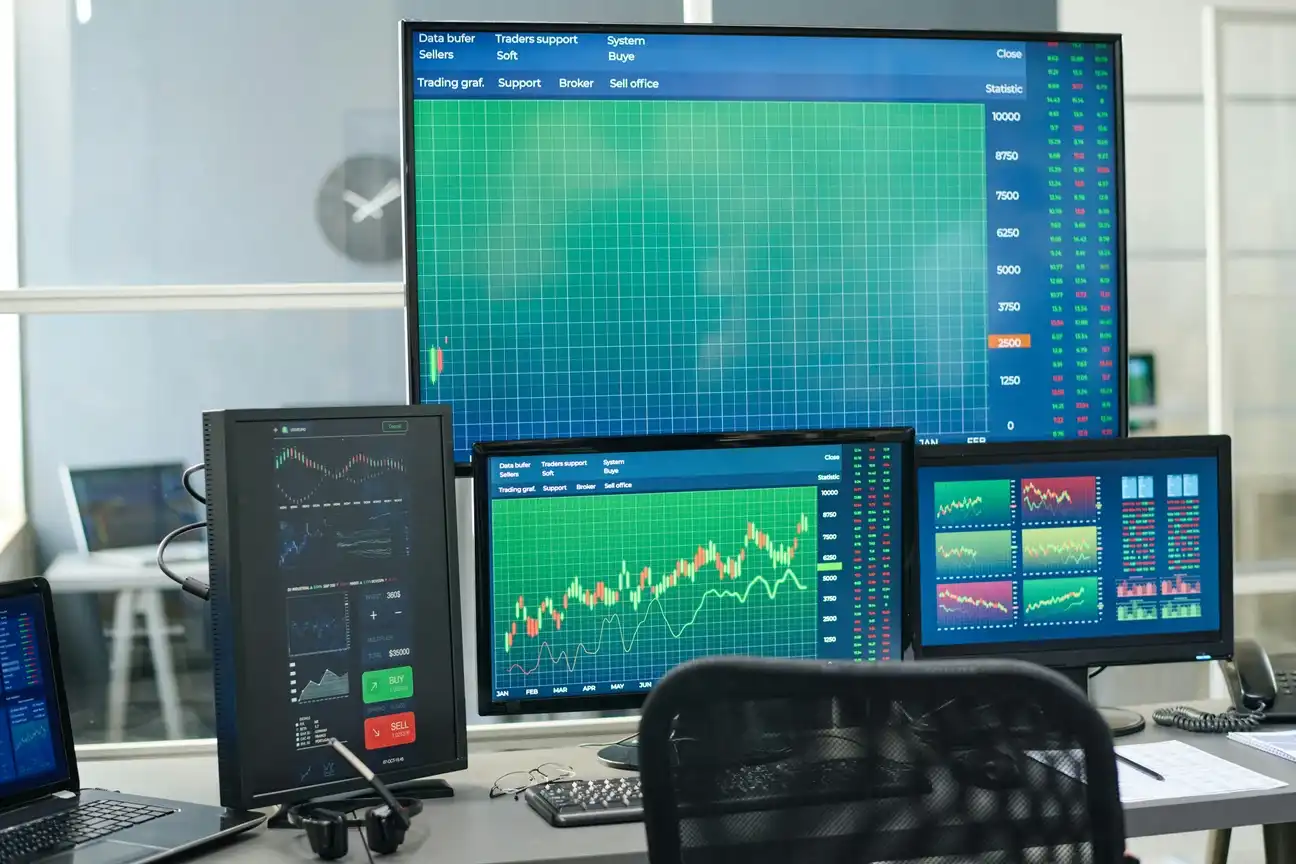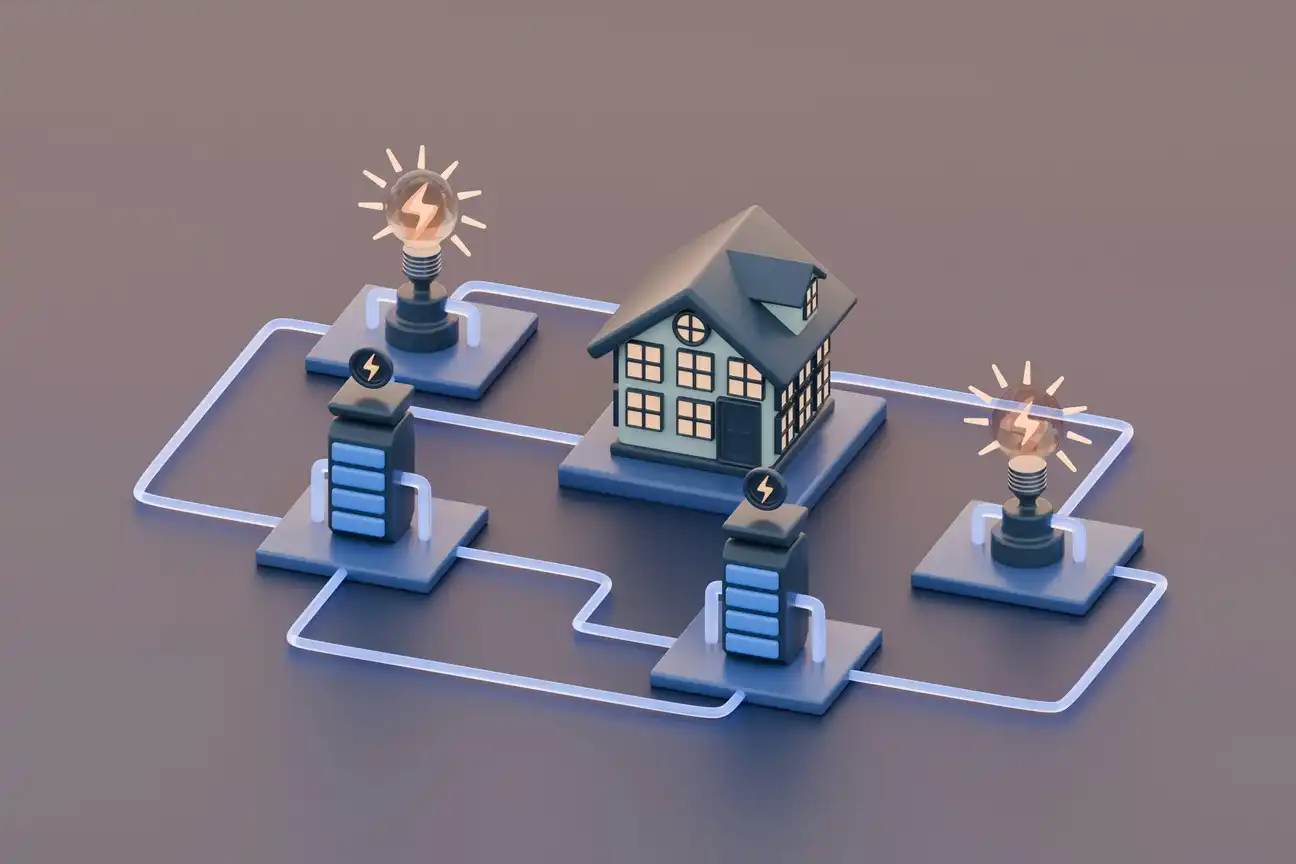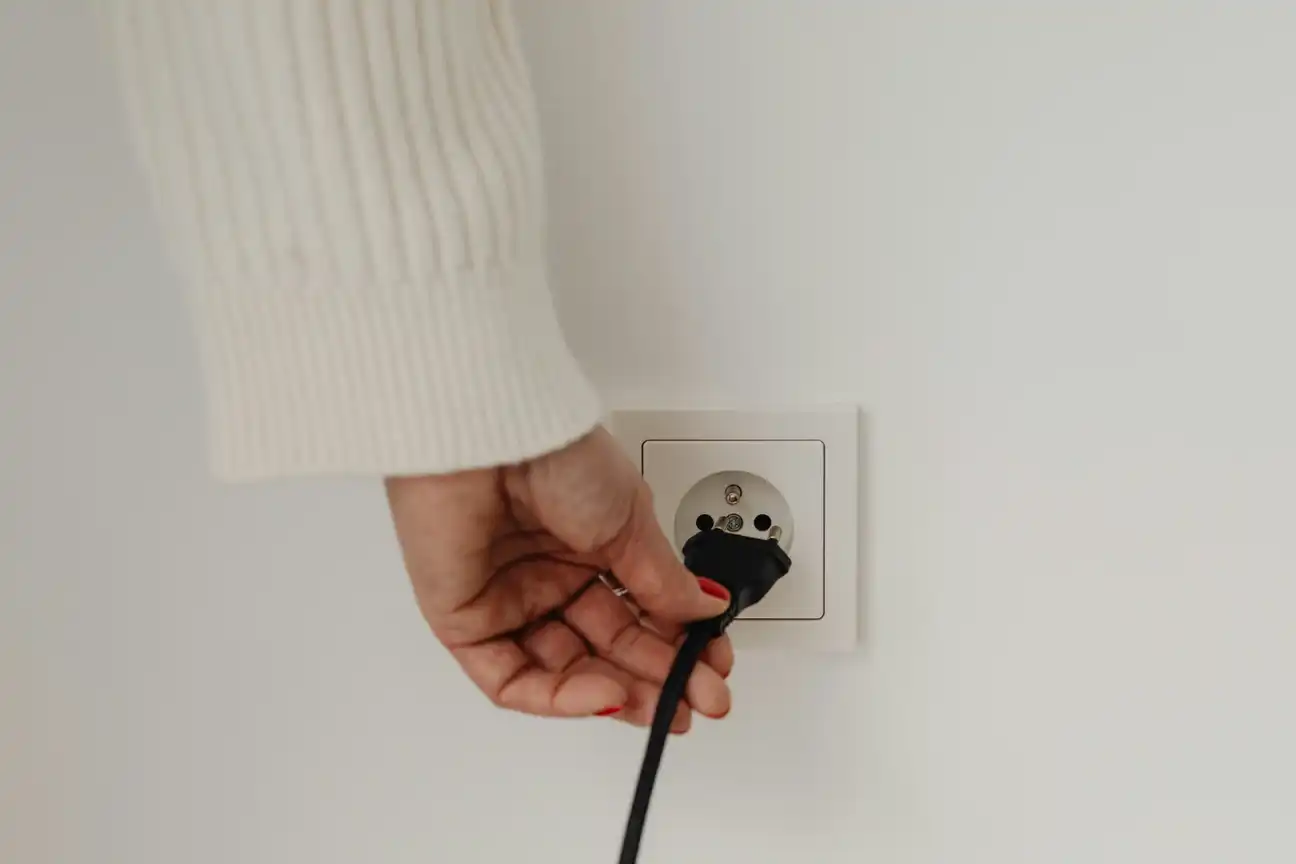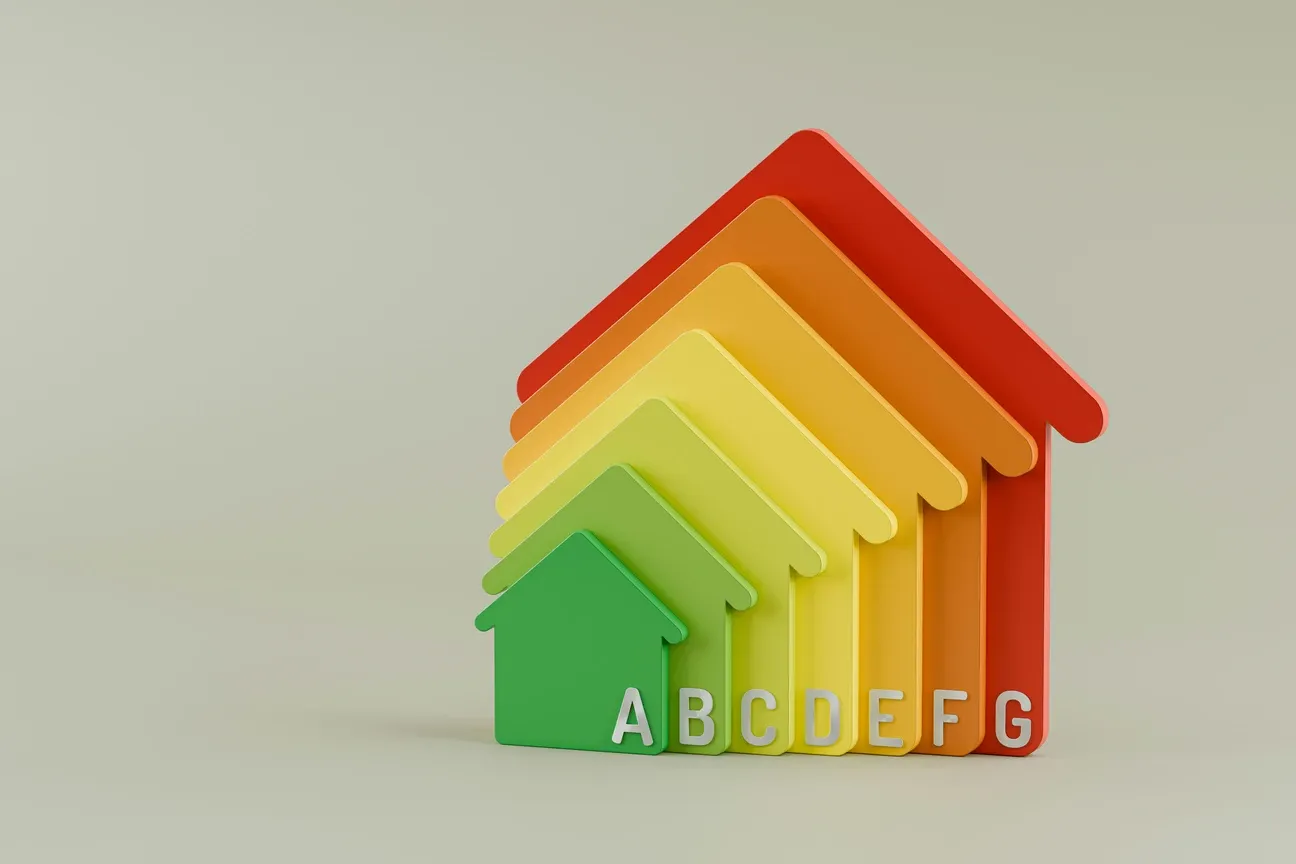In today's world, energy efficiency has become a priority for homeowners who want to save on utility bills and reduce their carbon footprint. Fortunately, advancements in technology have made it easier to control and optimize energy usage through smart home devices. One such device is the smart plug. This versatile and easy-to-use gadget can significantly improve the way we manage energy consumption. In this article, we'll dive into how you can maximize energy efficiency in your smart home with smart plugs, discussing their features, benefits, and practical applications.
What is a Smart Plug?
A smart plug is a simple yet powerful device that connects to your electrical outlet and allows you to control plugged-in devices remotely through an app on your smartphone or voice-controlled assistant, such as Amazon Alexa or Google Assistant. By connecting your appliances to a smart plug, you can turn them on or off from anywhere, schedule operations, and even monitor energy usage in real-time.
Key Features of Smart Plugs
- Remote control: Manage devices connected to the smart plug from anywhere.
- Energy monitoring: Track how much electricity each appliance uses, which helps identify energy-hogging devices.
- Scheduling: Automate the on/off schedule for appliances, ensuring that they only run when needed.
- Voice control: Use voice assistants to control your smart plug for hands-free operation.
- Integration with smart home systems: Connect smart plugs to other smart home devices, such as lighting, thermostats, and security systems.
How Smart Plugs Enhance Energy Efficiency
1. Automating Your Energy Usage
One of the most significant benefits of using a smart plug is its ability to automate when and how your appliances operate. With features like scheduling and timers, you can ensure that energy-hungry devices, such as space heaters, air conditioners, and lights, are only on when you need them. For instance, you can set your space heater to turn off automatically when you leave for work or schedule your coffee maker to start brewing in the morning and turn off after a specific time.
This level of control ensures that no electricity is wasted, thus helping you achieve greater energy efficiency. The automation capabilities of smart plugs make it easier to adapt your energy use to your daily routines, which can lead to noticeable savings on your electric bill.
2. Monitoring Energy Consumption

Many smart plugs come with energy monitoring features that track the amount of electricity each connected appliance uses. By providing real-time data on energy consumption, a smart plug can help you identify which devices are drawing the most power, even when they're not in use.
Standby power, also known as "phantom load," refers to the energy consumed by electronics and appliances while they're turned off but still plugged in. Over time, this can add up significantly. With a smart plug, you can eliminate this wasted energy by completely turning off power to the devices when they are not in use.
3. Reducing Phantom Load

Phantom load is an often overlooked aspect of energy efficiency. Even when devices are turned off, they can still consume a small amount of electricity. This includes items such as televisions, gaming consoles, printers, and kitchen appliances that have standby modes. With a smart plug, you can completely cut power to these devices when they are not in use, eliminating unnecessary energy consumption and reducing your overall electricity bill.
4. Smart Scheduling for Lighting
Lighting is one area where smart plugs can be especially beneficial. By using the scheduling feature, you can automate your lighting system to match your daily routine. For example, set the lights to turn off automatically when you leave the house in the morning and turn on when you return in the evening. This not only improves energy efficiency but also enhances home security by giving the appearance that someone is home, even when you’re away.
You can also sync smart plugs with sunrise and sunset times to adjust your lighting schedule according to natural light availability, further minimizing unnecessary electricity usage.
5. Controlling Appliances Remotely
We’ve all been in situations where we’ve left home and wondered whether we left the iron on or forgot to turn off a lamp. With a smart plug, you don’t have to rush back home to check. Instead, you can simply open your smartphone app and turn off the connected device remotely. This peace of mind is invaluable and also ensures that no energy is wasted by leaving appliances running unnecessarily.
Practical Applications of Smart Plugs for Energy Efficiency
smart plugs can be used in various ways to boost energy efficiency in your home. Below are some practical examples:
1. Kitchen Appliances
Most kitchen appliances, such as microwaves, coffee makers, and toasters, consume energy even when not in use. By connecting them to a smart plug, you can ensure they only draw power when you actually need them.
2. Entertainment Systems

Entertainment systems, including TVs, gaming consoles, and sound systems, often remain in standby mode, consuming phantom power. Use a smart plug to cut off power to these devices when they’re not in use, preventing energy waste.
3. Heating and Cooling
Portable air conditioners, space heaters, and fans are notorious for consuming large amounts of energy. With a smart plug, you can schedule these devices to turn off when you're not home or when the desired temperature is reached, maximizing energy savings.
4. Holiday Decorations
During the holiday season, lights and decorations are often left on for extended periods, which increases electricity consumption. By using a smart plug, you can schedule holiday decorations to turn on only during the evenings and turn off automatically during the night.
5. Home Office Equipment
Printers, monitors, and other home office equipment can draw power even in standby mode. Connecting them to a smart plug allows you to control when these devices are powered, minimizing unnecessary energy use during off-hours.
Conclusion
Incorporating smart plugs into your smart home setup is a simple and cost-effective way to increase energy efficiency. With their ability to automate device schedules, monitor energy usage, and reduce phantom loads, smart plugs offer homeowners the ability to take control of their energy consumption and save on utility bills. Whether you're looking to minimize your environmental impact or simply cut costs, a smart plug is an excellent addition to any smart home.
Start maximizing your energy efficiency today by exploring the various ways you can integrate smart plugs into your home.
